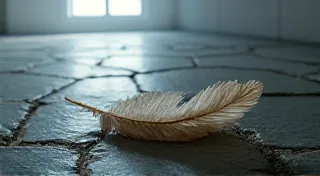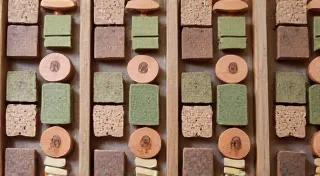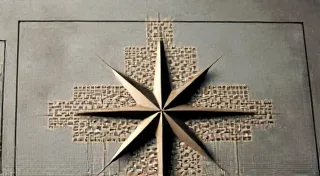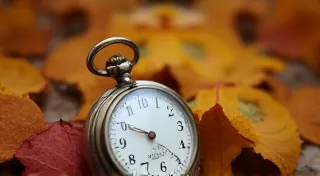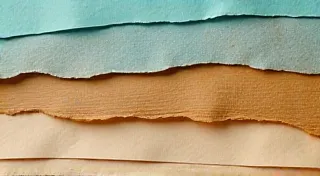A Tapestry of Time: The Influence of Different Cultures on Clock Design
There's something profoundly moving about an antique clock. It's not just a time-telling device; it’s a vessel brimming with history, a silent witness to generations come and gone. Each tick and tock resonates with the echoes of the craftsman who meticulously assembled its gears, the families who gathered around its presence, and the moments that unfolded within its rhythmic cadence. But beyond the mechanical marvel, lies a deeper story – the story of how culture itself has sculpted the very appearance of these cherished objects. To appreciate antique clocks is to understand that they are, in essence, a tapestry woven from threads of time and tradition, reflecting the unique aesthetic sensibilities of the cultures that birthed them.
My grandfather, a retired watchmaker, instilled in me this appreciation. I remember, as a young boy, sitting beside him in his workshop, mesmerized by the delicate dance of gears and springs. He's restored countless clocks over the years, each one telling a story he's pieced together. He's shown me clocks from across the globe, each a testament to the ingenuity and artistry of different cultures. He’s always emphasized that understanding the history and cultural context is just as important as mastering the mechanical repair.
The Elegance of European Clocks: A Legacy of Refinement
European clockmaking, particularly in countries like England, France, and Germany, established many of the hallmarks we associate with antique timepieces. The French, renowned for their opulence and artistic flair, frequently adorned their clocks with ornate carvings, intricate marquetry, and gilded details. Think of the elegant Empire clocks of the early 19th century, often embellished with depictions of Roman busts or classical scenes, reflecting the era’s fascination with antiquity. The meticulous attention to detail and the use of luxurious materials—rosewood, ormolu, and fine porcelain—demonstrated a society's pursuit of beauty and status.
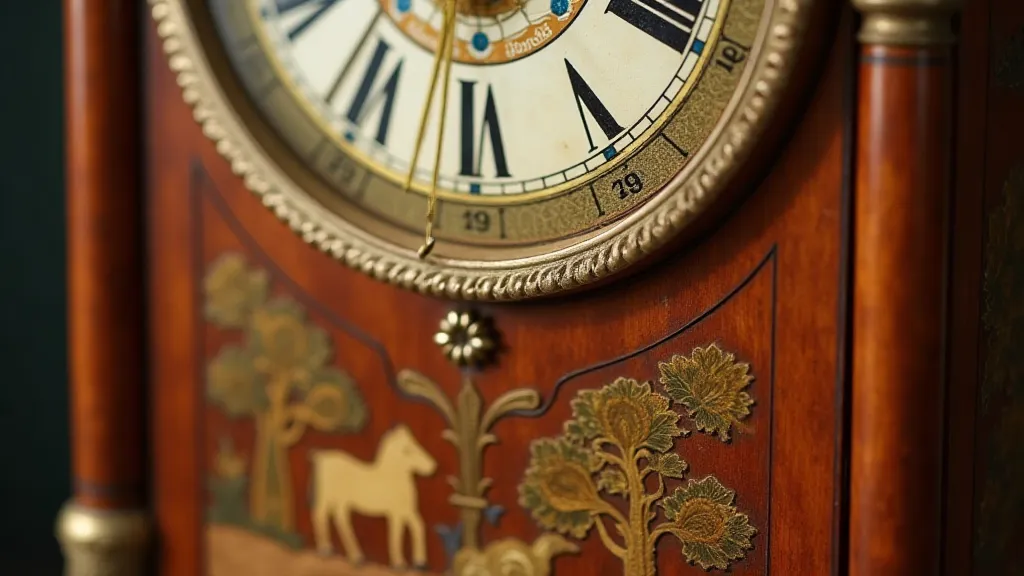
English clockmaking, in contrast, often favored functionality and practicality, though elegance was certainly not absent. The grandfather clock, a quintessential symbol of English homes, is a testament to this aesthetic. While beautifully crafted, its design prioritized accurate timekeeping and a sturdy build meant to withstand generations of family life. The rich tones of mahogany and the intricate moon dials, popular in the 18th century, became iconic elements of English design.
German clockmaking, often exhibiting a blend of precision engineering and decorative artistry, contributed significantly to the evolution of clock design. The Black Forest region of Germany became particularly known for its cuckoo clocks, whimsical creations that initially served as announcements for meal times in rural farms. These clocks, now prized as collectibles, are a unique expression of German folk art – a playful contrast to the more formal clocks found in grand European homes.
The Orient's Subtle Beauty: Time in Japanese and Chinese Clocks
Moving east, the influence of Eastern cultures presents a fascinating departure from European styles. Japanese clocks, especially those from the Meiji period (1868-1912), are characterized by a distinct aesthetic rooted in minimalism and a reverence for nature. The emphasis is often on showcasing the mechanics – the gears, the escapement – as a form of kinetic art. Often crafted from lacquered wood and incorporating traditional Japanese motifs, these clocks evoke a sense of tranquility and harmony.
Chinese clocks, particularly those produced during the Qing Dynasty (1644-1912), frequently incorporate elements of traditional Chinese art and symbolism. Dragon motifs, symbolizing power and good fortune, are common, as are depictions of landscapes and scenes from Chinese mythology. The intricate enamel work and the use of precious metals demonstrate a commitment to craftsmanship and luxury. Unlike the utilitarian approaches found in some European designs, Chinese clocks were often elaborate display pieces, meant to adorn the homes of the wealthy and powerful.
The philosophy behind these Eastern clocks is fundamentally different. Time isn’s merely something to be measured; it’s a cyclical force, a continuous flow, and the clocks reflect that understanding. They're not just about marking the hours; they are about appreciating the passage of time and the beauty inherent in the natural world.
Beyond the Familiar: Exploring Less-Known Traditions
The story doesn’t end with Europe and East Asia. Across the globe, diverse cultures have developed their own unique approaches to timekeeping. From the intricate sandglasses of ancient Egypt to the sophisticated water clocks of ancient Greece and Persia, these early devices demonstrate humanity’s long-standing fascination with measuring time. While many of these devices weren't mechanically complex like later clocks, their designs reveal valuable insights into the cultural values and technological capabilities of their respective societies.
Even in more recent times, regional variations persisted. Consider the clocks produced in colonial America, which often combined European design elements with locally sourced materials and the ingenuity of American craftsmen. These clocks, often simpler in design than their European counterparts, represent a unique blend of tradition and adaptation.
Restoring these clocks isn't just about replacing worn parts; it’s about preserving a piece of cultural heritage. It’s about understanding the values and beliefs that shaped the design and construction of these timepieces. My grandfather always says that every clock has a story to tell, and it's our responsibility as restorers to ensure that those stories continue to be heard.
The beauty of antique clocks lies not only in their mechanical ingenuity but also in their ability to connect us to the past. They are tangible reminders of the diverse cultures that have shaped our world and the enduring human desire to understand and measure time.
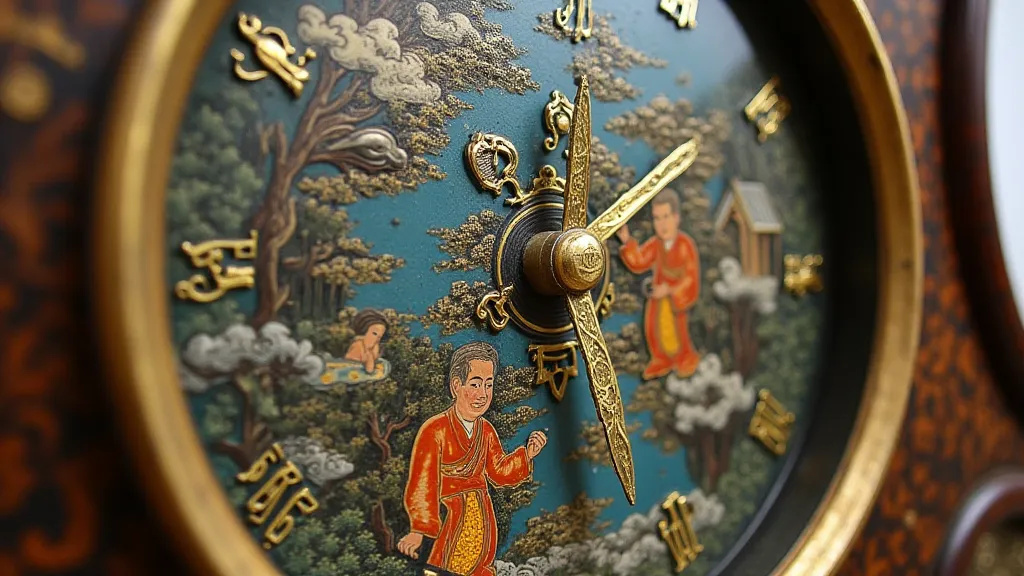
Collecting & Appreciation – More Than Just Mechanics
For those captivated by the world of antique clocks, collecting can be an incredibly rewarding pursuit. However, it's important to approach it with a deep appreciation for the cultural context. A clock isn't just an object; it's a window into the past, a tangible link to a different time and place.
Understanding the nuances of different cultural styles can significantly enhance the collecting experience. Knowing the regional variations within a particular country or the historical period in which a clock was produced can help you make more informed decisions and appreciate the intricacies of each timepiece. This knowledge also proves invaluable when it comes to restoration, ensuring that any repairs or replacements are consistent with the clock’s original design and cultural heritage.
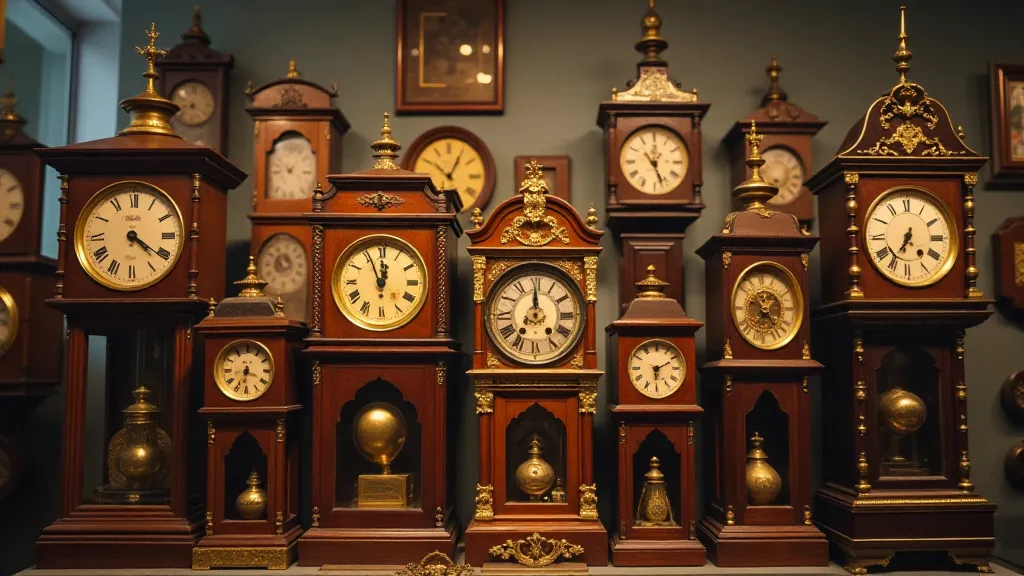
Ultimately, the allure of antique clocks lies in their ability to transcend their function as mere timekeeping devices. They are works of art, cultural artifacts, and tangible links to the past – each one a testament to the ingenuity, artistry, and enduring spirit of humanity.
